In this post, we will show you how to use GarageBand on Windows 11/10. GarageBand is a software application that allows users to create music, podcasts, soundtracks, and other types of audio content. It is developed by Apple Inc. and is exclusively available for macOS and iOS devices.
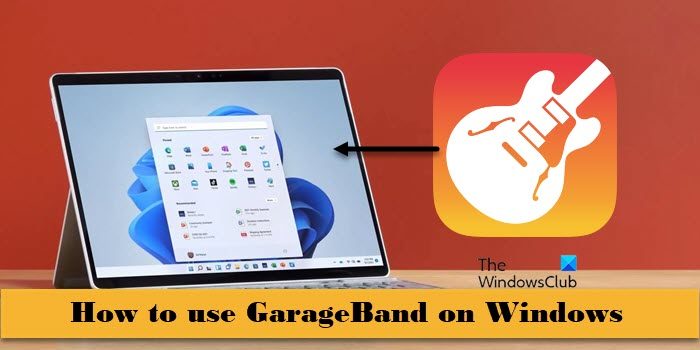
GarageBand comes with a wide array of features and tools that make it an ideal choice for music production. Its inclusion of virtual instruments, pre-made loops, extensive support network, and seamless integration with Apple’s ecosystem further contribute to its popularity among musicians, podcasters, and other audio professionals.
Is there a Windows version of GarageBand?
There isn’t an official Windows version of GarageBand available, but if you want to install and use GarageBand on your Windows PC, there’s a workaround. You can set up a virtual machine on your Windows PC running macOS as the guest operating system and run GarageBand within the virtual machine environment.
How to use GarageBand on Windows 11/10
To use GarageBand on your Windows 11/10 PC, you need to follow these steps:
- Obtain a macOS installation image
- Enable Virtualization
- Install the Virtualization Software
- Set up a Virtual Machine and install macOS
- Install and use GarageBand
Let us see this in detail.
1] Obtain a macOS installation image
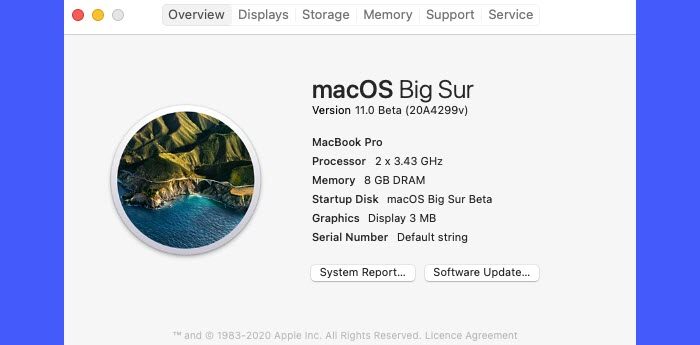
To install macOS on the virtual machine, you’ll need a macOS installation image (also referred to as a macOS ISO file). You can access a macOS device to create an ISO from an existing macOS installation or download it from the Mac App Store. Make sure the ISO is obtained from an authorized source only.
2] Enable Virtualization
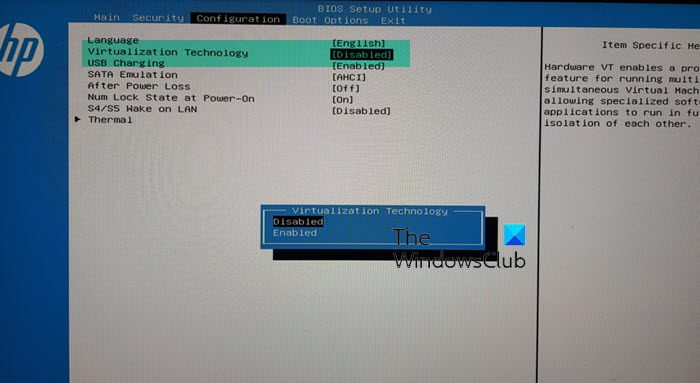
Next, you need to enable virtualization on your Windows PC. Enabling virtualization is essential for the virtual machine to function properly and efficiently.
To enable virtualization, restart your computer and enter the BIOS or UEFI settings. Then navigate to the System Configuration/Advanced Settings section. Select the option related to Virtualization Technology, Intel VT-X (for Intel processors), or AMD-V (for AMD processors). Press Enter, choose Enabled and press Enter again.
Press F10. Save the changes and exit the BIOS or UEFI settings.
After this, your computer will restart. Once it has restarted, virtualization should be enabled, and you can proceed to use the virtualization software on your Windows 11/10 PC.
3] Install the Virtualization Software
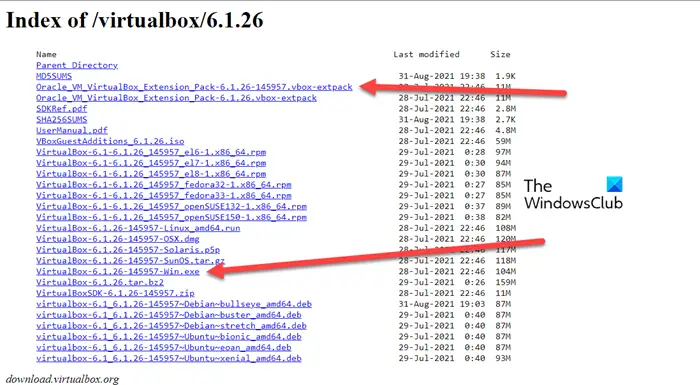
A virtualization software or a hypervisor is an application that allows you to create and run multiple virtual instances of operating systems, often referred to as virtual machines (VMs), on a single physical hardware platform. There are several virtualization software available, including VMware Workstation and VirtualBox. You can use VirtualBox to install macOS alongside Windows on your computer system.
To install VirtualBox, visit this link and download the following files:
- VirtualBox-6.1.26-145957-Win.exe
- Oracle_VM_VirtualBox_Extension_Pack-6.1.26-145957.vbox-extpack
Now go to your Download folder and double-click on the installer file (VirtualBox-6.1.26-145957-Win.exe). The installer will run. Follow the on-screen instructions to install VirtualBox and then install the extension package as well.
4] Set up a Virtual Machine and install macOS
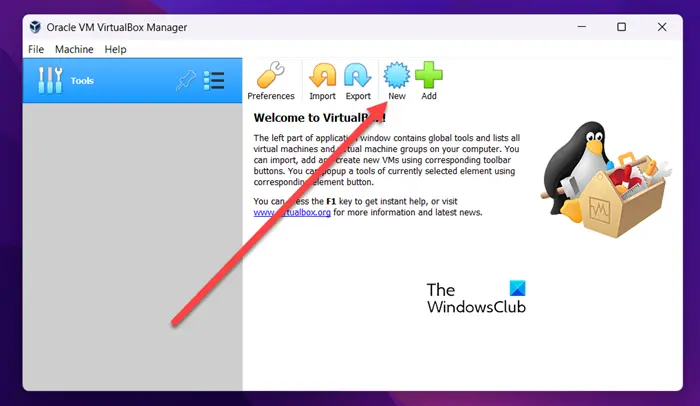
Next, you can use VirtualBox to install macOS on your Windows PC.
Open VirtualBox and click on the New button to create a new virtual machine. Enter the details for the operating system and hard disk file type in the window that appears. Next, you need to configure the virtual machine settings, including the amount of RAM, number of CPU cores, storage allocation, etc.
After this, the environment to install macOS will be created. Select the macOS VM you’ve created in VirtualBox and click on the Start button.
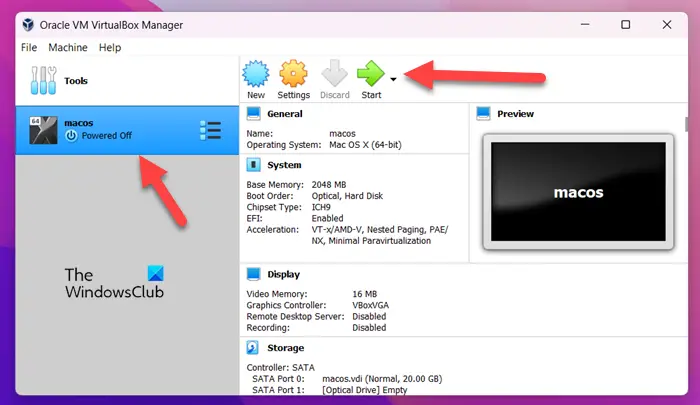
Then follow the on-screen instructions to format a virtual disk, select the macOS installation image (you’ve obtained in step 1), and wait for the installation process to finish.
5] Install and use GarageBand

Now that you have macOS running on your PC, download and install GarageBand from the Mac App Store, just as you would on a real Mac.
Open the Mac App Store and type ‘GarageBand’ in the search bar at the top-right corner. Click on the GarageBand icon or its name in the search results. Click on the Get button next to the GarageBand icon to start the installation process.
After the download and installation, you can launch GarageBand within the virtual machine and start creating music!
Please note that GarageBand is a resource-intensive application. It may not perform best when you use it on your Windows 11/10 PC. Alternatively, you may try free music creation software for Windows that offers similar features to GarageBand or explore music creation apps available on the Microsoft Store.
Read: How to make a Slideshow with Music on Windows.
Is GarageBand free on PC?
GarageBand is not available for Windows PCs. It is developed by Apple Inc. exclusively for macOS and iOS devices. There isn’t a legitimate way to install and use GarageBand on Windows, but several free GarageBand alternatives offer similar features and functionality for music creation. Audacity and Cakewalk are a few popular options.